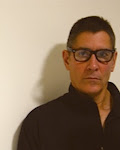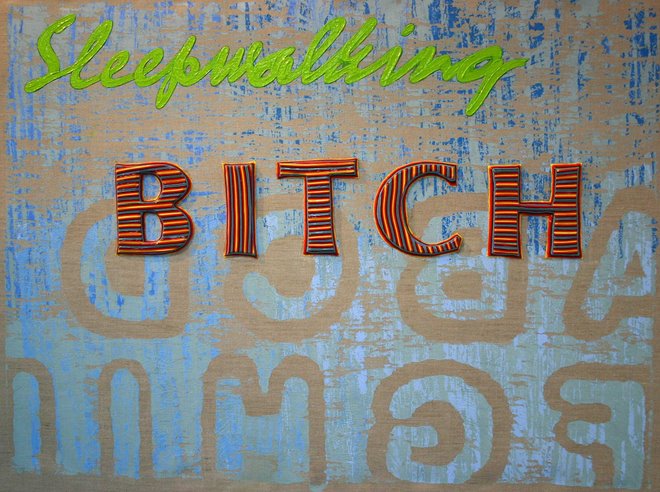
Inchoate notes on Nature Morte
Roger Boyce & Marie-Claire Brehaut
It occurs to us that we haven’t yet suggested that Nature Morte would be best served by the appellation – in news releases or online text - tableau rather than the ubiquitous … installation.
Y’all are all no doubt familiar with historical examples of tableau vivant. Eve Sussman’s work (Rape of the Sabine Women) would be a repurposed current example of the historical tableau vivant strategy/style.
We submit that Nature Morte is an atypical exercise of the tableau vivant form, and would be more accurately characterized as a tableau morte - or tableau mort. Morte/mort both in its absence of paradoxically enlivening human figures and in the sense of the tableau’s deadly subject matter.
A representational painting and a collection of stereotypical painter’s accessories foreground our tableau, functioning as a distancing (both ocular and psychological distancing) device akin to Goddard’s candid camera...drawing back to reveal the physical limits and constructed artifice of our fictive set.
Displaying the painting taboret and its painterly supplies is akin to letting a boom-mic slip (a microphone, like paint and brush, is a rudimentary technical instrument for recording) artfully, or haplessly, into the edge of a film’s frame.
The P-lab (Ice-Lab in Australia, Meth-Lab in the USA) set up is in essence a false-front fabricated to convincingly persuade the eye of its veracity (it did a thorough enough job recently that a ‘good citizen’ called in an investigative hazmat team) but the representational painting (like a revealing camera) undoes even the most persuasive simulacra’s convincement…in our case by reducing a squalid and toxic clandestine lab into a conventionally (painting and subject) ordered and harmless still-life. We are reminded of William Wegman’s unforgettably deft pencil-line drawing of a rudimentarily bisected snake titled (if memory serves….A Dangerous Snake Rendered Harmless.
The Nature Morte tableau, like the majority of historical tableaus, calls on excess as a defining visual characteristic. Crowded with retinal-jostling visual information in each of its three elements - lab, painting, and painter’s equipped taboret, each major part of the tripartite set-up is visually reverberant of the other – further contributing to its sense of surplus visual value.
Nature Morte could be accurately described as a figurative work in that the human figure is (as in the Jack Pierson’s forlorn set constructions) made significant by its absence. The painting station and the P-lab itself look to have been momentarily stepped away from. The return of a live figure seems immanent – made so by the presence of in-process tasks and their evidencing apparatus.
These notes are consciously absent a summing up. Nature Morte’s loose ends are better left dangling for the sophisticated viewer to tie into variously amusing or confounding conceptual knots.
Sincerely Yours
Roger Boyce & Marie-Claire Brehaut

